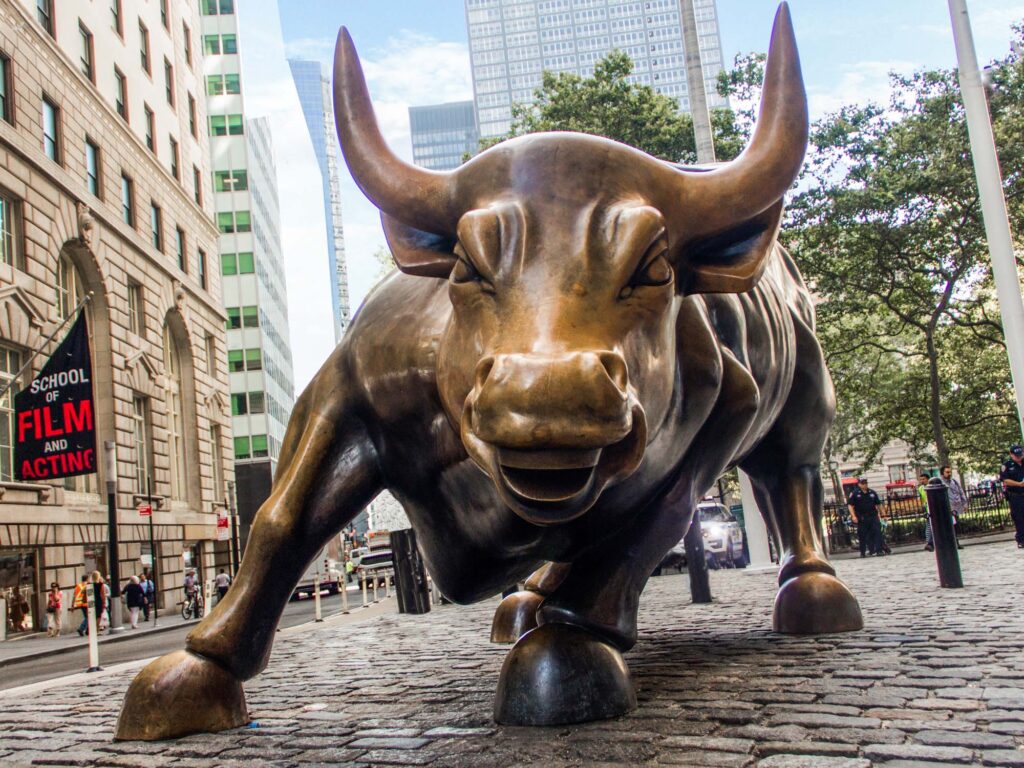Piblic Art: Elevating Communities and Building Global Recognition
Understanding the importance of public art and integrating it into the global art market are crucial steps for a country or city to enhance its social standing and gain international recognition. Public art, far beyond its aesthetic appeal, serves as a powerful reflection of cultural identity and societal progress. It bridges the gap between local traditions and global perspectives, crafting narratives that resonate with both residents and international visitors.

The “right” public art, thoughtfully curated and strategically placed, becomes a golden key to unlocking international recognition and cultural prestige. It showcases a region’s dedication to creativity, innovation, and progress, making it an appealing destination for global admiration. This art form transforms mundane spaces into cultural landmarks, enhancing the visual and emotional appeal of cities and communities.

Public art also plays a significant role in boosting tourism quality. Research shows that visitors drawn to cultural events, such as art fairs and public exhibitions, tend to spend significantly more—up to 10 times as much—than those attending other types of attractions like sporting events. This highlights the immense economic potential of public art in fostering art-centric tourism and driving local economies.
Moreover, the socio-economic impacts of public art extend far beyond tourism. Public art installations, cultural programs, and art fairs create a vibrant cultural infrastructure that attracts skilled workers and fosters a “brain gain” effect. This influx of talent enhances innovation and creativity, making the region more appealing to investors and businesses seeking dynamic environments.

In essence, public art is more than an aesthetic initiative—it is a strategic investment in the economic, cultural, and social future of a region. By embracing public art, cities and countries position themselves as vibrant, culturally rich destinations that inspire creativity, drive economic growth, and elevate their global status. Prioritizing public art transforms communities, fosters pride, and creates lasting legacies for generations to come.

Public art activates the place: the district, the city, the region. Both in real live and online. It transforms otherwise mundane spaces into vibrant, engaging environments that encourage community interaction and cohesion.
It shakes the minds aesthetically, stimulates dialogue and provokes thought, sparking important conversations about social, political, and environmental issues.